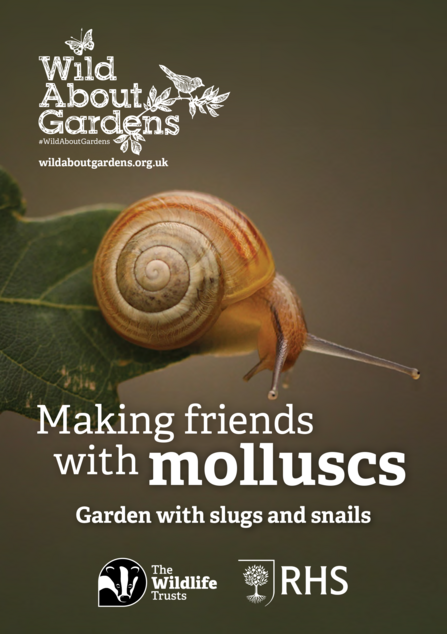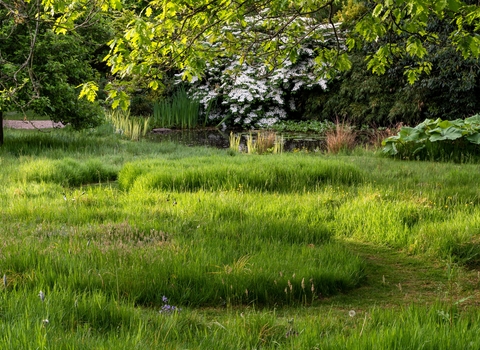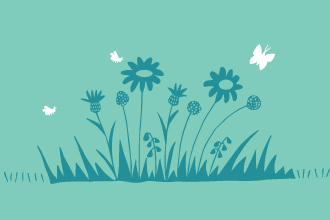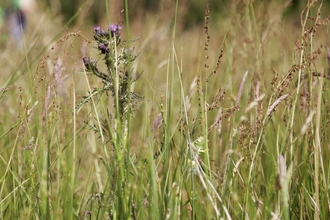The buzz of a bee, the sweet scent of honeysuckle, the splash of a frog hopping into a pond, the feeling of (real) grass under your feet, the chattering of birds in a hedge. These precious moments are not only a delight to experience in our gardens, they’re absolutely vital if we’re going to protect, restore and reconnect UK wildlife.
Wildlife-friendly gardening is about making a haven for you, as well as for wildlife. By gardening sympathetically for wildlife, you’ll be rewarded by a truly natural outdoor space, where you can get in touch with the plants, animals and birds that make their home there.
The Wildlife Trusts and the RHS set up the Wild About Gardens campaign to celebrate wildlife gardening and to encourage people to use their gardens to take action to help support nature. Over the past 50 years we've seen declines in two thirds of the UK’s plant and animal species, for a range of reasons, including loss of habitat.
Make friends with molluscs
Slugs, snails and wildlife gardening might seem like an odd combination. Gardening advice is often aimed at excluding these natural neighbours. But is there a way to live alongside them instead?
Slugs in particular have a bad reputation, but there are lots of slugs who act as garden helpers. Along with snails, they form an important part of the garden ecosystem. They recycle waste and are a food source for many other species, from birds to beetles. Learning to live alongside them is the best way to a balanced garden.
Where to start?
We can start by getting to know slugs and snails a little better! There are around 150 species in the UK and only a few cause problems for our prized plants. For instance, did you know there’s a hedgehog slug, a leopard slug and even a ghost slug?
Pledge to take a slug and snail safari and see how many different species you can discover in the wilds of your garden.

Get your very own free guide to bringing your lawn to life. The Wild About Gardens guide tells you all you need to know, from fascinating information about the eco-system beneath your feet, to practical activities to make the most of your space for you and your wild neighbours.
Other Wild About Gardens booklets
Previous Wild About Gardens guides can be downloaded or viewed by clicking on the links below.






